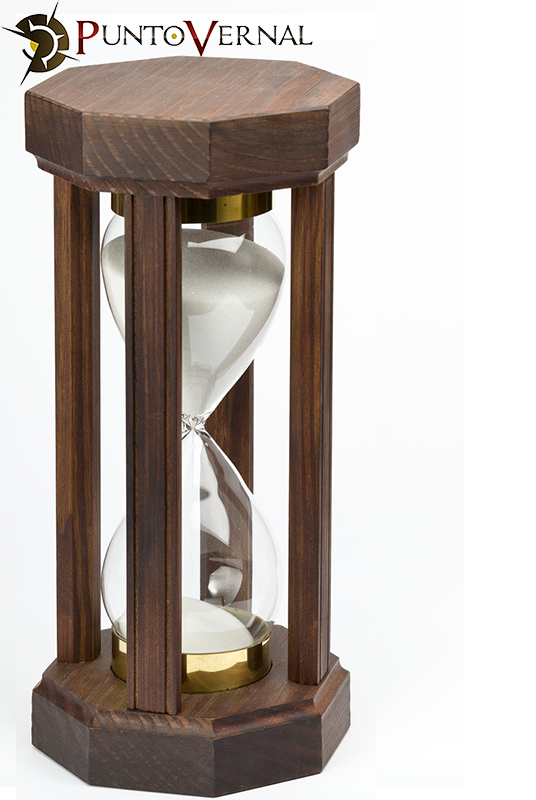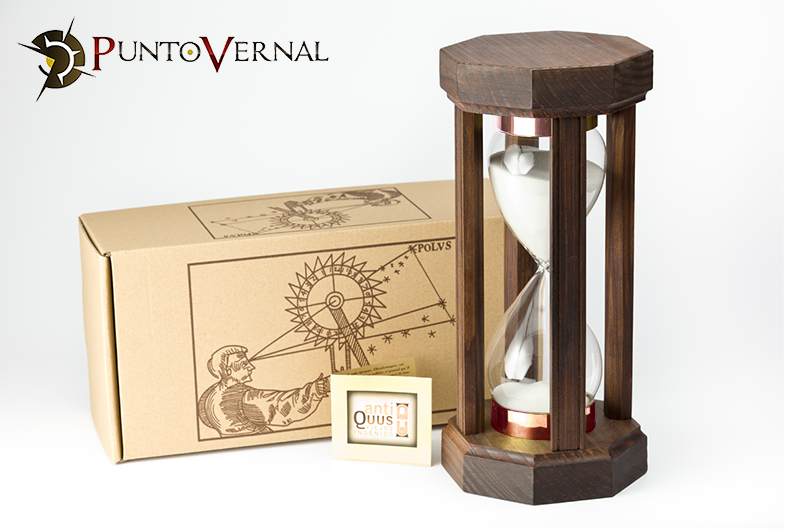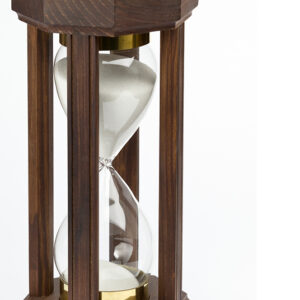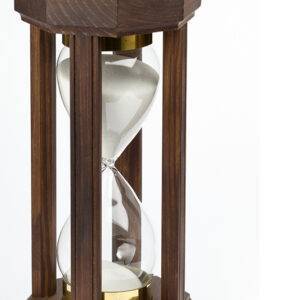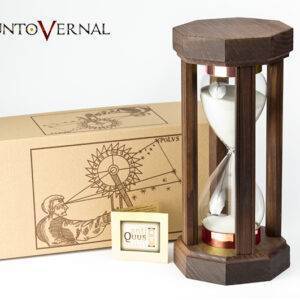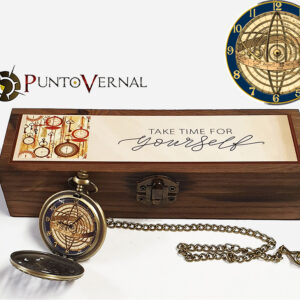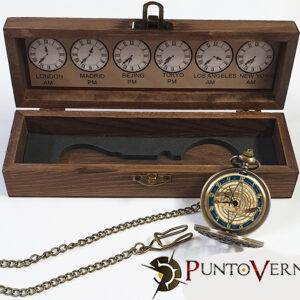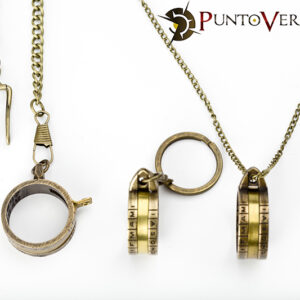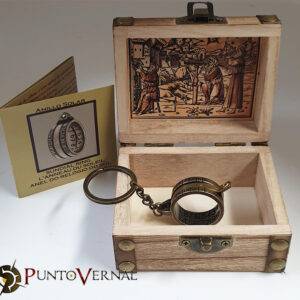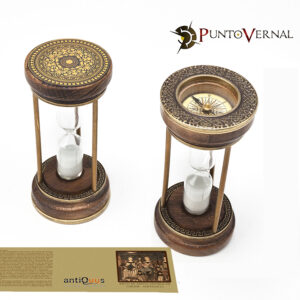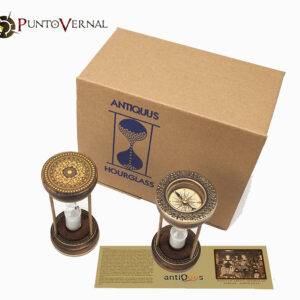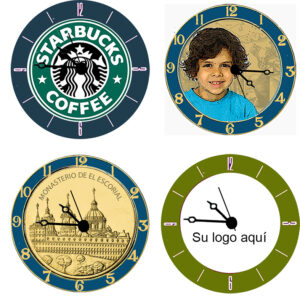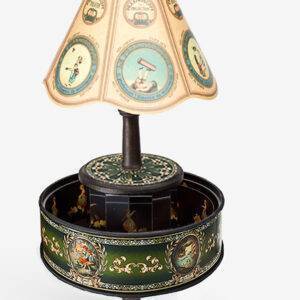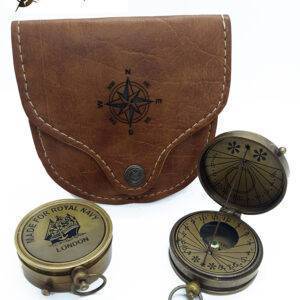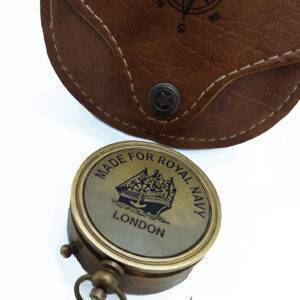NAVAL HOURGLASS
Naval Hourglass. Hourglasses were also widely used in navigation to be able to calculate in an approximate way the longitude in which the ship was at a given time, until the beginning of the 19th century, when the first chronometers adapted for maritime navigation appeared.
These hourglasses used to last half an hour and there was always a sailor in charge of turning them over making the corresponding note, in this way and taking into account the time of departure, they could calculate in a very approximate way where they were on the route.
What they did first of all, was to position themselves in the latitude of the port of arrival, for this they already used instruments such as the cross-window, the Davis quadrant, the astrolabe or the sextant, which offered a certain precision and then with the help of the ampoule they could calculate the navigation time and, therefore, the approximate date of arrival.
The original of this model is in the Naval Museum of Madrid (hence its name) and is a reproduction of this type of clock widely used in seafaring for several centuries of our history.
It is accompanied by a small brochure with a brief overview of the history of hourglasses.
We have three sizes:
Naval 15 (approximate duration 15′)
Measurements:
Height 23 cm
Base: 11x 11 cm
Naval 30 (approximate duration 30′)
Measurements:
Height: 23 cm
Base: 11×11 cm
Naval 60 (approximate duration 60′)
In this model the protective rings are made of brass.
Measurements:
Height: 28 cm
Base: 13.2 x 13.2 cm
VAT INCLUDED
https://en.wikipedia.org/wiki/Hourglass


